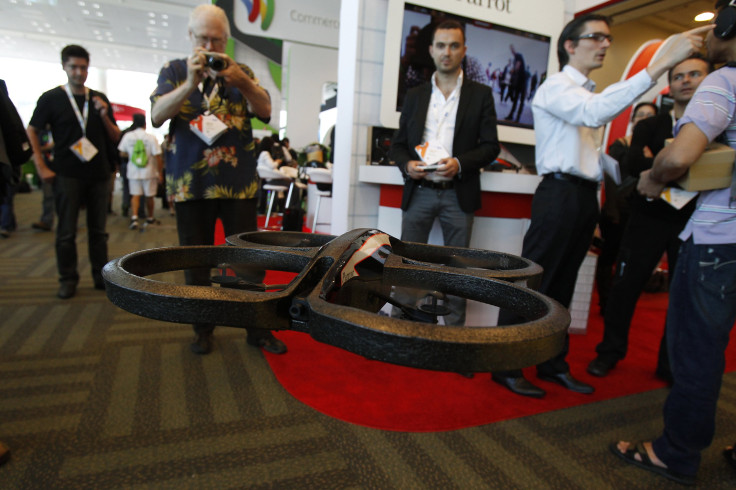Europe To Urgently Assess Risk Of Drones Hitting Planes

European aviation safety authorities have set up a task force to urgently assess the dangers of collisions between drones and aircraft after a rise in near-misses with passenger planes.
The use of civil drones, whether for commercial purposes such as crop surveillance, monitoring of natural disasters, photography or leisure, is rising and aircraft pilots are increasingly reporting near-misses.
In one widely reported incident last month, a British Airways passenger plane was suspected of having hit a drone as it approached Heathrow Airport, although authorities later said this could not be confirmed.
The European Aviation Safety Agency (EASA), which will lead the inquiry, said it will examine how vulnerable aircraft windshields, engines and airframes are to impact with drones.
While extensive research has been carried out into the impact of birds colliding with passenger planes, little is known about what would happen if a drone were to be sucked into an engine, and pilot unions have called for more research.
The task force will include representatives of aircraft and engine manufacturers and publish its results at the end of July, EASA said in a statement.
© Copyright Thomson Reuters 2024. All rights reserved.











